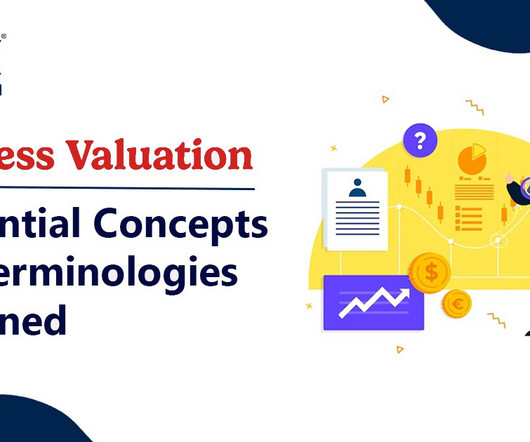Business Valuation 7: Essential Concepts and Terminologies Explained
RNC
JULY 13, 2023
Asset-based Approach: The asset-based approach evaluates a business’s worth by considering its tangible and intangible assets. Tangible assets include machinery, inventory, and real estate, while intangible assets encompass intellectual property, goodwill, and brand reputation.



















Let's personalize your content